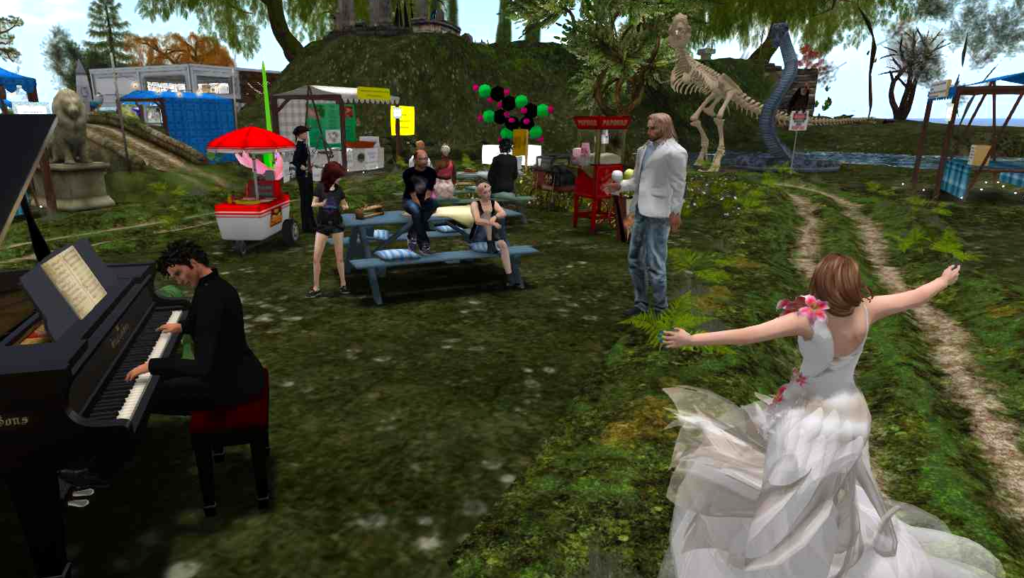
I’m going to depart from science in today’s column to talk a bit about the ethics of blogging. This article is officially a blog. A blog is not a refereed journal or a magazine that has an editor. The blog author is solely responsible for the content and the sources used and how they are cited.
A short digression: Where did the term “blog” come from? Blog is short for web log or weblog. This term is attributed to Jorn Barger, who first used it on December 17, 1997. “The short form, ‘blog,’ was coined by Peter Merholz, who jokingly broke the word weblog into the phrase we blog in the sidebar of his blog Peterme.com in April or May 1999” (Wikipedia). Blogs began as diaries or simply serial entries on a web page. They have evolved into a general term for almost any web-based content. Hypothesis! is a bi-monthly series of articles about science and it is a blog.
For several years, I wrote a weekly, web-based column for my university and I was always careful to give full credit to articles, pictures and web pages that I mentioned or used. Only in two cases did the author or creator email me with objections. In one case I had quoted the author incorrectly and I corrected it. Instant corrections on web pages is such a blessing. The other was a designer who objected to my use of part of a photograph appearing on a book jacket he designed. The actual photograph, of which I used only a portion, was over 100 years old and out of copyright but the designer objected to my using part of his book jacket design that was copyrighted. I removed that photograph with an apology to the artist.
Generally, a brief quote from a text with full citation information in your references section is perfectly legal and will not meet with objections. Pictures (photographs, drawings, charts, tables) are a slightly different matter as these are a complete “work” in themselves. I attempt to find pictures that are 1) out of copyright and in the public domain (US Federal government pictures are public domain but deserve a proper citation anyhow), or 2) subject to a Creative Commons license.
It is sometimes assumed that pictures on a web page are free to copy and use. This is a bit tricky. Web pages are available to everyone and no one generally objects if you use the web link to their page on your page but putting their pictures on your page might raise an objection. I have used someone’s picture, that I saw on a number of other people’s web pages, in my column but I also have carefully given the best citation I had for it and added that should the author object I will be happy to remove it. One can ask permission of the picture owner. It’s sometimes hard to track down the owner and if it’s a serious picture expect to 1) deal with legal stuff, and 2) pay a fee. Finally, one can create the picture one’s self.
Wikipedia is an excellent source for pictures as they are very careful about copyright and Creative Commons
licensing. Any picture in Wikipedia has its own page with copyright information and exactly how to use and cite the work. This is a very nice resource to insure ethical use of creative works.

References and Resources
- Blog, Wikipedia.
- What We Do, Creative Commons.
- Can I use an image I found on the internet?, Grid Law Solicitors.
- Copyright Fair Use and How it Works for Online Images, Sara Hawkins, Social Media Examiner, November 23, 2011
- How to Use Images of Real People Without Violating Privacy and Publicity Rights, Helen Sedwick.
 |
| Visits: 54 |
